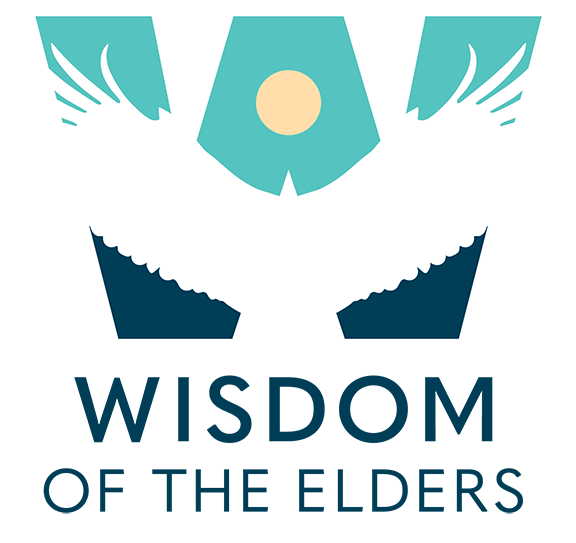The Mandan and Hidatsa
with Arlie Neskahi
[audio:https://www.wisdomoftheelders.org/s2_progs/205_hi.mp3]From the journal of William Clark::
William Clark, January 1 st, 1805, Fort Mandan. The day was ushered in by the discharge of two cannon. We suffered 16 men with their music to visit the first village for the purpose of dancing.
Arlie Neskahi:
Welcome to Wisdom of the Elders. I’m Arlie Neskahi.
Winter on the Northern Plains comes early and stays long. The people of the villages usually go to winter camps built of temporary earth lodges in sheltered areas away from the open river. But this year, the people wanted to stay together in the larger summer quarters.
Music:
Lonely Night
Jan Michael “Looking Wolf” Reibach
Native Blues
Cedarfeather Productions
www.cedarfeather.com
October, 1804. After five months of arduous travel, the Corp of Discovery established their winter camp just south of the five Mandan and Hidasta villages. These villages lay north of today’s Bismark in central North Dakota. The first two villages were Mandan, each one holding about 40 or 50 earth lodges. The next three villages belonged to the Minataree, also known as the Hidasta. Both tribes grew corn, squash and beans on the rich Missouri flood lands. They also hunted buffalo, and Hidatsa raided across the plains to the Rockies.
The Mandan and Hidatsa villages formed the most important trading center on the Northern Plains, attracting Assiniboin and Cree from the north, Cheyenne and Crow from the west. The visiting tribes exchanged buffalo meat, horses, British guns, and metal goods for the villagers’ agricultural produce.
Hidatsa tribal historian Calvin Grinnell:

Dog Sledges of the Mandan Indians from Travels in the Interior of North America, 1839-43 Aquatint engraving Ackermann & Co., London Greenslade Special Collections and Archives Olin and Chalmers Libraries Kenyon College
Calvin Grinnell:
We’re the first, people say, the first Walmart in the Northern Plains. We had a nice huge trade network that took advantage of our strategic location, not only on the Missouri River, but we were within easy reach of the French and English traders from the northeast, the Hudson’s Bay Company and the Northwest Company who came to trade with our people.
Neskahi:
On February 11 th, 1805, a woman lay in painful labor. Captain Lewis gave the woman a dose of crushed snake rattle to speed the birth. Within ten minutes, a male child was born – Jean Baptiste Charbonneau. Eventually becoming a favorite of Captain Clark, the boy was nick-named “Pomp”. The mother was married to a French trader named Charbonneau. Her name was Sacagawea to the Hidatsa. She was extremely helpful in recognizing natural food sources, pointing out significant landmarks, interpreting to the Shoshoni, and remaining calm in times of difficulty. But more than anything, the presence of a mother and child in the Corps acted as a symbol to Indians that they were a peaceful party.

The Interior of the Hut of a Mandan Chief from Travels in the Interior of North America, 1839-1843 Aquatint engraving Ackermann & Co., London Greenslade Special Collections and Archives Olin and Chalmers Libraries Kenyon College
Music:
John Lardinois
Old French
Lewis & Clark: Sounds of Discovery
Chairmaker’s Rush
Makoche Recording
www.makoche.com
Neskahi:
On New Year’s day, 1805, a group of corpsmen visited the first Mandan village to celebrate. Historian James Ronda:
James Ronda:
On New Year’s, they organize these parties of men. They go off and dance and sing and visit and feast for two perhaps even three really glorious days.
Neskahi:
Led by Pierre Cruzat and his fiddle, the corpsmen entered the village playing sounding horns, Jew’s harps and tambourines. Francois Rivet danced on his hands, and the Mandans gathered around, laughing and singing. Soon, the Americans were invited into the lodges for food and given gifts of buffalo robes.
Ronda:
And I really do think that is one of those moments of sharing and of common ground. I think it is a particularly wonderful moment.
Neskahi:
I’m Arlie Neskahi, and this is Wisdom of the Elders.

